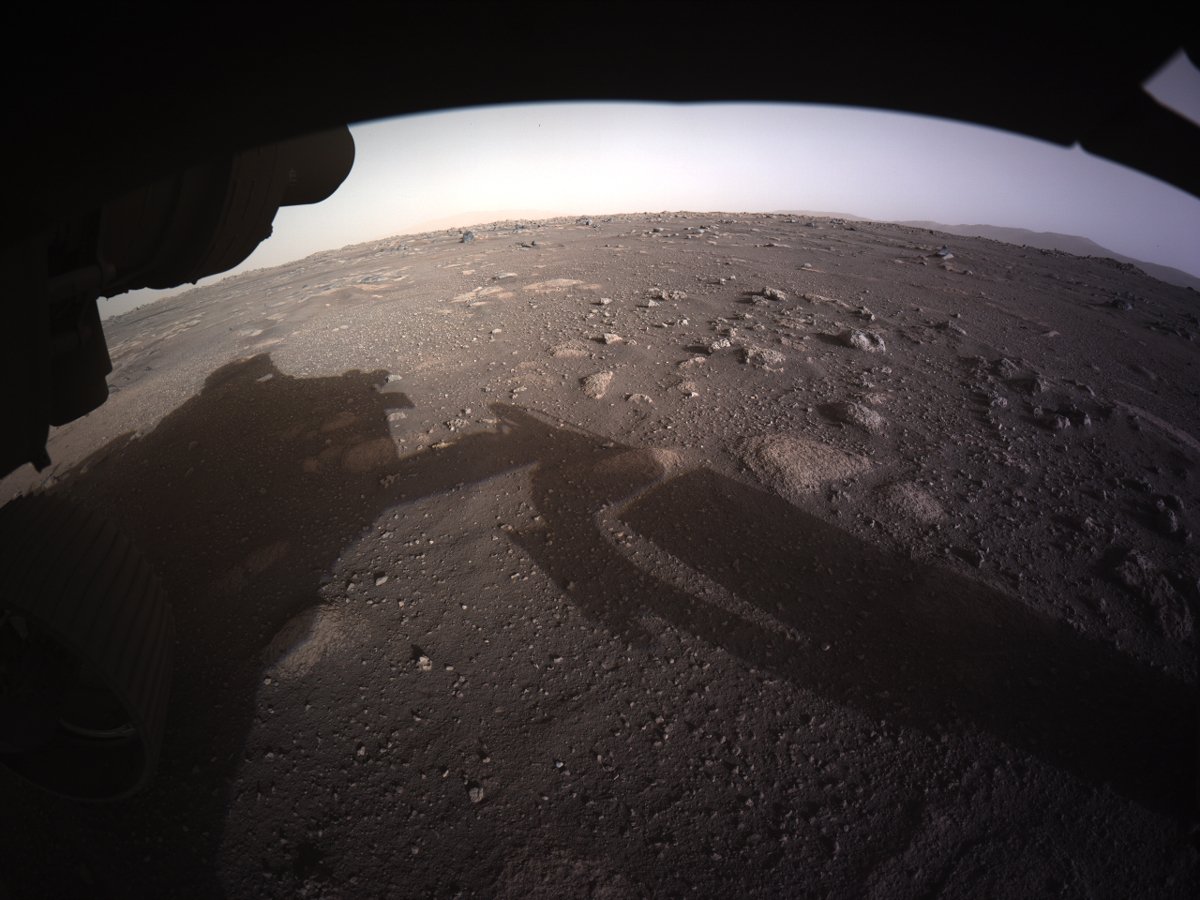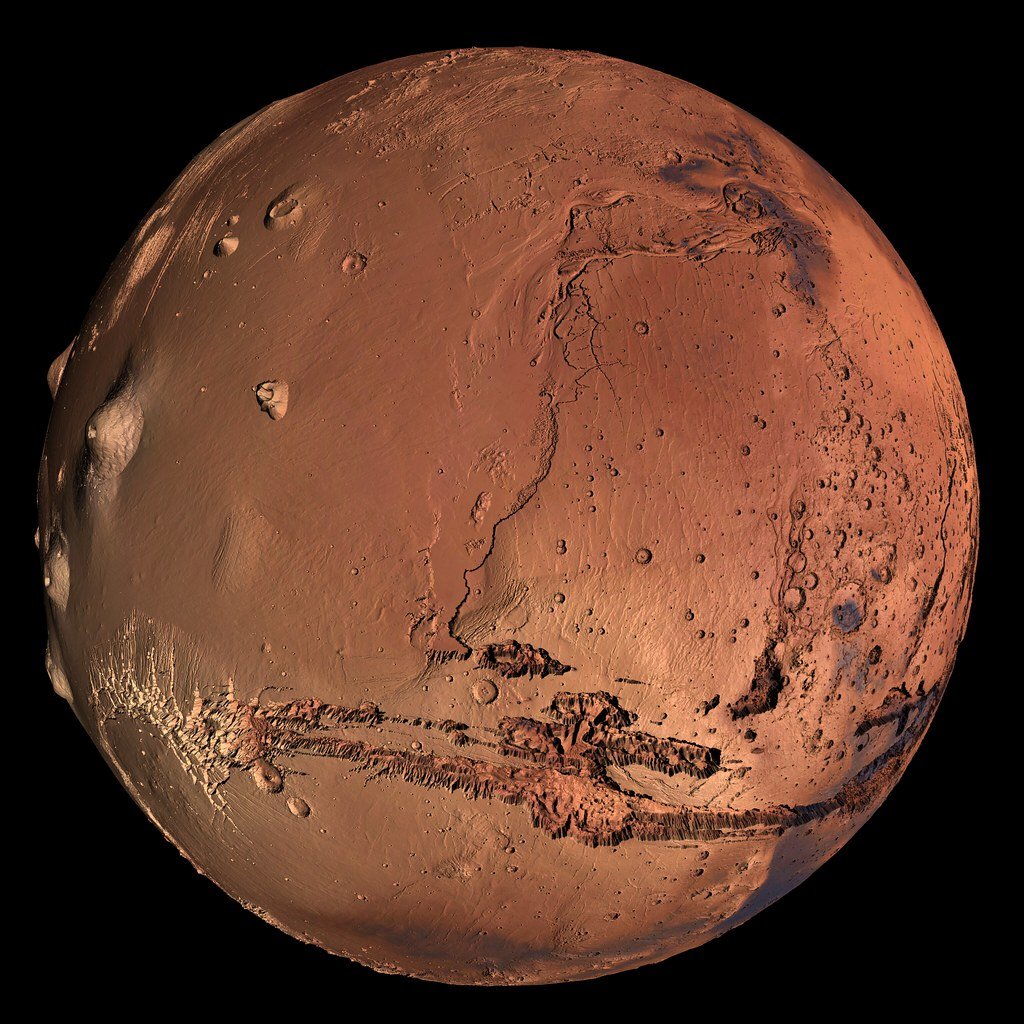
The night sky is an insufficiently appreciated wonder. On a dark and moonless night on Dartmoor, far from city lights, you can see a few thousand stars with the unaided eye. Yet this is just a tiny fraction of the 100,000,000,000 stars in our galaxy. We now know that a very high proportion of these stars have their own planetary systems, and some of these will be similar to our own. There are probably at least hundreds of millions of Earth-like planets in our galaxy. It would be fascinating to know whether any of these have developed life, or whether we are unique. One of the current missions to Mars may soon help to give us an answer to this question.
Our own star, the sun, has a retinue of eight planets, four of which (Jupiter, Saturn, Uranus, Neptune) are gas giants, without solid surfaces, and four of which (Mercury, Venus, Earth, Mars) have rocky surfaces.
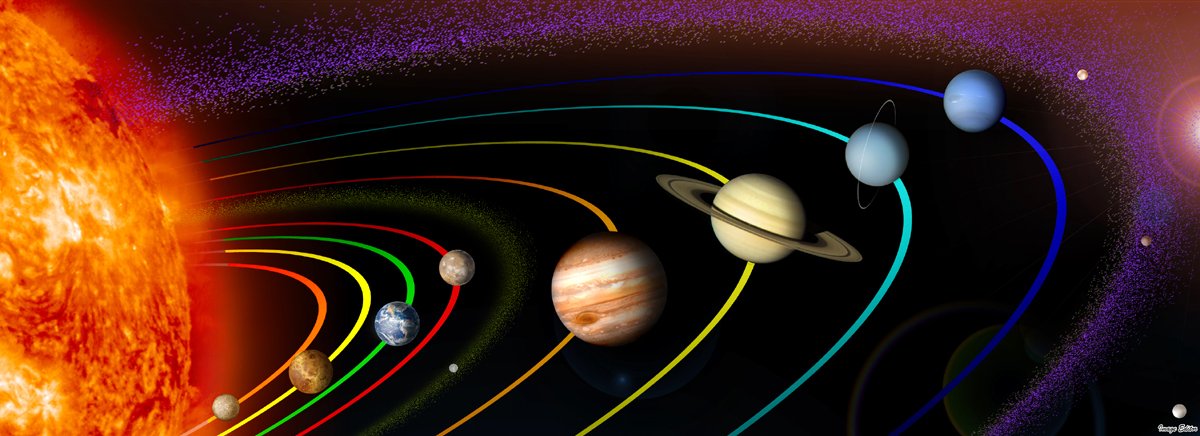
Much attention has recently been focused on Mars. It is often referred to as the red planet; its colour is caused by the large amounts of iron oxide on its surface. (Mars was named after the Roman god of war because of this reddish – blood-like – colour.) It is visible in the western night sky at present, a little below the Pleiades star cluster.
Mars has just had three visitors, space missions from the United Arab Emirates (UAE), from China, and from the United States. (Rather like buses, you wait ages for a Mars probe to come along, and then three arrive at the same time.)
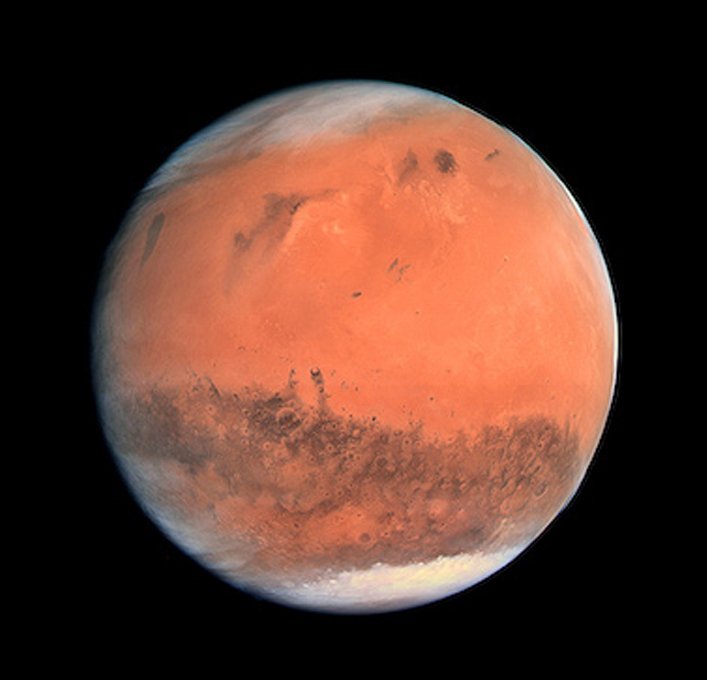
The reason for this apparent rush of Martian probes is that there is only a suitable launch window to reach Mars roughly every 26 months, and these three nations chose to take advantage of this particular window. The European Space Agency (of which the UK is a member) has its own Mars probe (the Rosalind Franklin) almost ready, but it will now have to wait for the next launch window, in September 2022.
Mars has some similarities with Earth. By coincidence, its ‘day’ is only about 37 minutes longer than ours. Its axial tilt is only a little larger than ours, which means that it has seasons resembling ours. It has polar ice caps, made largely of frozen water. But its ‘year’ is much longer– about 687 Earth days. Mars is also significantly smaller, with a diameter only about half that of Earth. And its much smaller mass means that the gravitational pull at its surface is only about one third that of Earth. (So, go to Mars if you want to lose weight!) Its atmosphere is far thinner, at less than one per cent of that of Earth, and the oxygen content is negligible. Perhaps Mars’s least endearing feature is its average temperature, which is a chilling -63˚C.
Mars has played a vital role in increasing our scientific understanding of the universe. It was the extremely accurate observations of the relative positions of Mars over time by the Danish astronomer Tycho Brahe (1546-1601) that enabled the German astronomer Johannes Kepler (1571-1630) to deduce his three laws of planetary motion. These laws are still used by astronomers and space scientists today.
The first of the three probes to reach Mars this month (on 9 February) was the UAE mission (named Hope) which is currently in orbit round the planet. This is the first time any Arab nation has undertaken an interplanetary mission. The probe will now study the Martian atmosphere.
The following day, the Chinese probe (Tianwen-1) also went into orbit round Mars. Three months from now, it will drop a lander and a rover on to the Martian surface to carry out geological exploration.
The most spectacular arrival of all was that of Perseverance (or Percy, for short), the US probe that made a dramatic landing on the planet on 18 February. Dubbed the ‘seven minutes of terror’, the landing process involved slowing the craft down (from something like 20,000 kilometres per hour to a mere 4 kilometres per hour) with a heat shield and then a parachute (made with material developed by Heathcoat Fabrics in Tiverton, Devon!). This was followed by the use of a ‘sky crane’ to lower the rover to the surface.
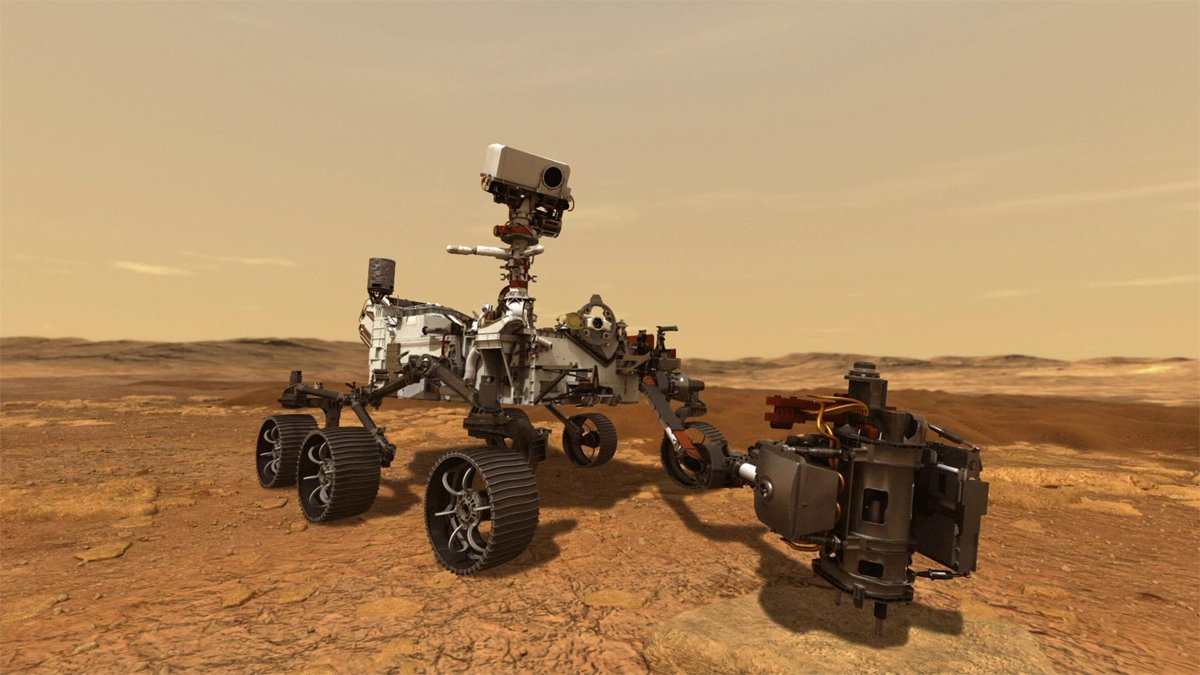
Percy landed, exactly as intended, in Jezero Crater, believed to have been the site of a lake at a time (billions of years ago) when large parts of Mars may have been covered with water. There is a realistic and exciting possibility that primitive life may have emerged on Mars billions of years ago, and one of the main objectives of Perseverance is to search for traces of this ancient (or even present) life. If life independently came into existence close by, on our next-door planet, it would mean that primitive life is probably common throughout the universe. The next few months or years may give us the answer to this question. This would, arguably, be the most important discovery yet to be made by humankind.
